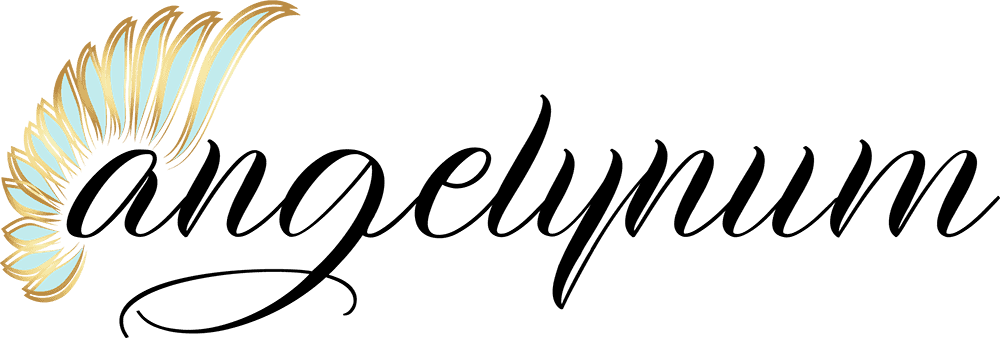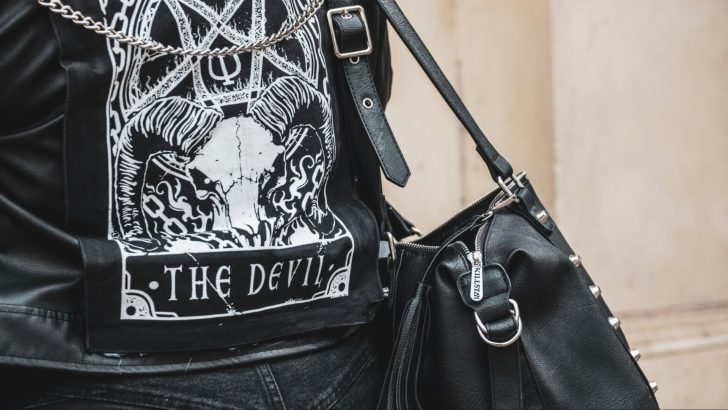The Satanic Panic of the 80s and 90s prompted a full-on hysteria, and left a huge mark on pop culture, movies, TV shows, music, and even on our fears.
It was a perfect storm of paranoia, media sensationalism, そして societal anxiety.
Everyone seemed convinced that violent Satanists were lurking everywhere – hidden in plain sight, secretly performing rituals, abusing children, and plotting chaos.
But what really fueled all this panic? Why did it blow up during that time in particular?
And more importantly, is it still relevant today?
Let’s dig into these questions and uncover surprising facts about this bizarre chapter in our history.
1. The Roots of the Panic

The Satanic Panic didn’t just happen out of nowhere.
It grew from a mix of fears about moral decay, distrust of institutions, and a desire for simple answers to complex problems.
During the 80s, society was anxious about rising crime, drug abuse, and declining traditional values.
The media picked up on these stories and started weaving stories about secret Satanic conspiracies.
Psychologists and therapists also had their role in this hysteria, suggesting that repressed memories of abuse might be linked to Satanic rituals.
This created a perfect storm where paranoia flourished, and people believed that evil was hiding behind every corner.
2. Sensationalism and Fearmongering
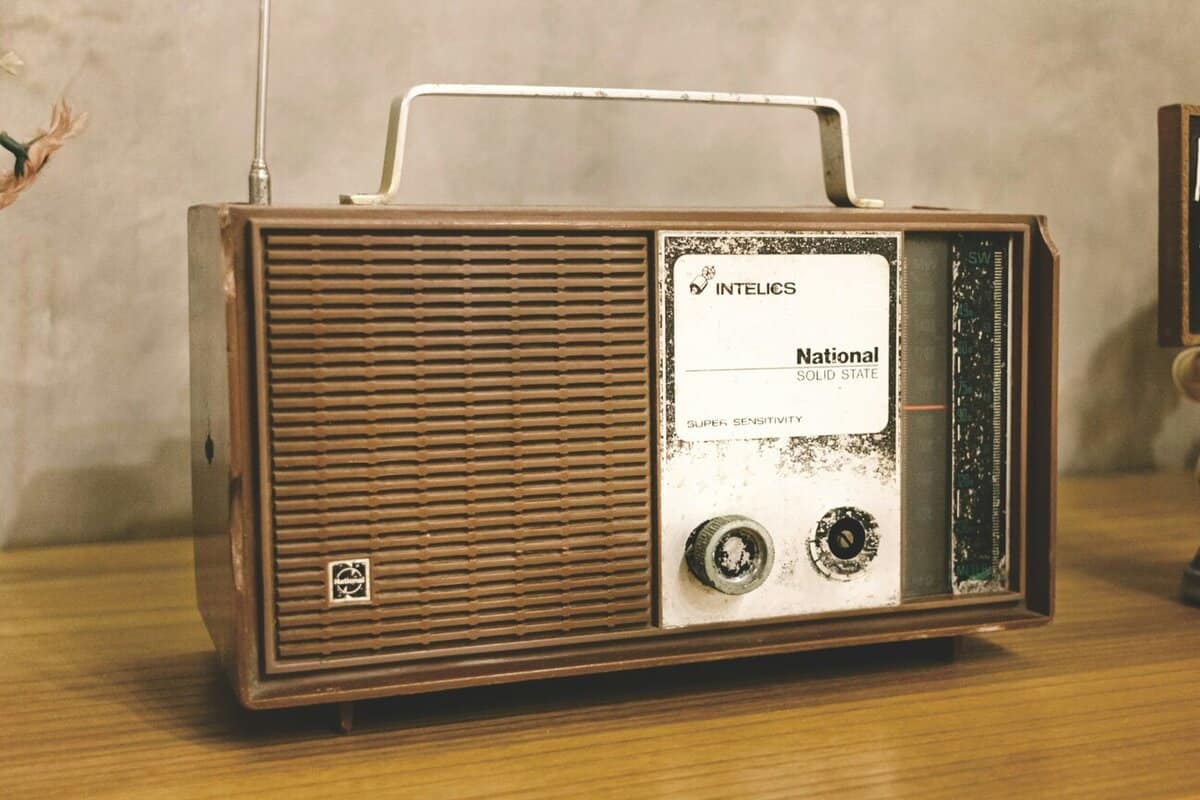
Media coverage during the Satanic Panic was so over the top!
News outlets ran stories about bizarre rituals and secret societies, often without concrete evidence.
Talk shows and tabloids thrived on sensationalism, with hosts fueling fears and mass hysteria to boost ratings.
Some stories even claimed that Satanic symbols appeared in everyday places, like playgrounds or fast-food logos.
This constant bombardment naturally made everyone paranoid. It’s wild to think how media can shape public perception so easily.
What was once a fringe idea became a nationwide panic.
Today, we see similar patterns in how misinformation spreads online, which is why most people distrust the mainstream media.
3. The Role of Confession and False Memories

One of the weirdest aspects of the Satanic Panic was how many people started confessing to crimes they most likely didn’t commit.
Therapists, influenced by the era’s focus on recovered memories, encouraged clients to recall repressed Satanic abuse.
Unfortunately, many of these memories were false or heavily influenced by suggestion. This led to wrongful convictions and ruined lives.
The phenomenon highlighted how fragile memory can be and how easily it’s manipulated.
While today we’re more cautious about the topic of recovered memories, back then it fueled the hysteria, making it seem like Satanic abuse was an epidemic.
In truth, most of it was just fantasy.
4. Famous Cases That Shook the Nation

A handful of high-profile cases became the poster children for Satanic Panic.
The West Memphis Three, for example, involved three teenagers accused of murdering children based on questionable evidence and accusations of Satanic rituals.
Similarly McMartin Preschool trial in California lasted for years, with teachers accused of bizarre abuse and Satanic practices.
These cases made headlines worldwide, feeding fears that Satanic cults were lurking in everyday institutions.
They also showcased how hysteria can lead to miscarriages of justice.
These stories still haunt us as cautionary tales about the dangers of mass paranoia.
5. Moral Panic and Cultural Anxiety

The Satanic Panic wasn’t just about Satanism. It was wrapped in a broader moral panic about societal decline.
Due to the world being modernized, the traditional values were declining. Because of this shift, the Satanic cults emerged as a symbol of everything corrupt and evil.
This cultural anxiety was fueled by the rise of crime, divorce, feminism, and changing societal norms, which some saw as threatening.
The hysteria became a way to rally communities around a common enemy, often leading to witch hunts for supposed offenders.
It’s interesting to see how societal fears morph into a moral panic that targets marginalized groups or misunderstood phenomena.
6. Was There Any Real Issue?

While most of the Satanic Panic was based on hysteria, some very real issues did exist.
Child abuse and neglect, abuse of powerそして 汚職 of institutions were and still are huge problems for society.
The issue with the Satanic Panic was that it muddied the water with endless conspiracy theories and prompted a nationwide paranoia.
Actual cases of abuse occurred, but they were sensationalized and misunderstood. The panic diverted attention from real problems, making it harder to address them effectively.
It also led to false accusations and ruined lives, showing how fear can distort reality.
7. The End of the Hysteria and Its Aftermath

By the late 1990s, the Satanic Panic started to fade as investigations debunked many claims, and the public grew tired of the hysteria.
Law enforcement and psychologists pointed out the lack of evidence, and some high-profile cases were overturned.
The media also shifted focus, moving away from these sensational stories.
However, the cultural impact remained. Movies, TV shows, and books continued to reference the panic, often with a mix of horror and satire.
The whole ordeal served as a cautionary tale, and a reminder to think critically and question sensational claims.
8. Why It Still Matters Today

Even decades later, the legacy of the Satanic Panic lingers. It reminds us how easily fears can be manufactured, especially with the help of media and sensational headlines.
Modern-day moral panics, like QAnon, echo some of the same patterns.
Misinformation and conspiracy theories spread like wildfire, so that the real issue of child exploitation is めったにない actually addressed.
Understanding the Satanic Panic helps us recognize similar hysteria in current culture.
It’s a lesson in critical thinking and the importance of evidence-based judgment.
9. Facts You Didn’t Know
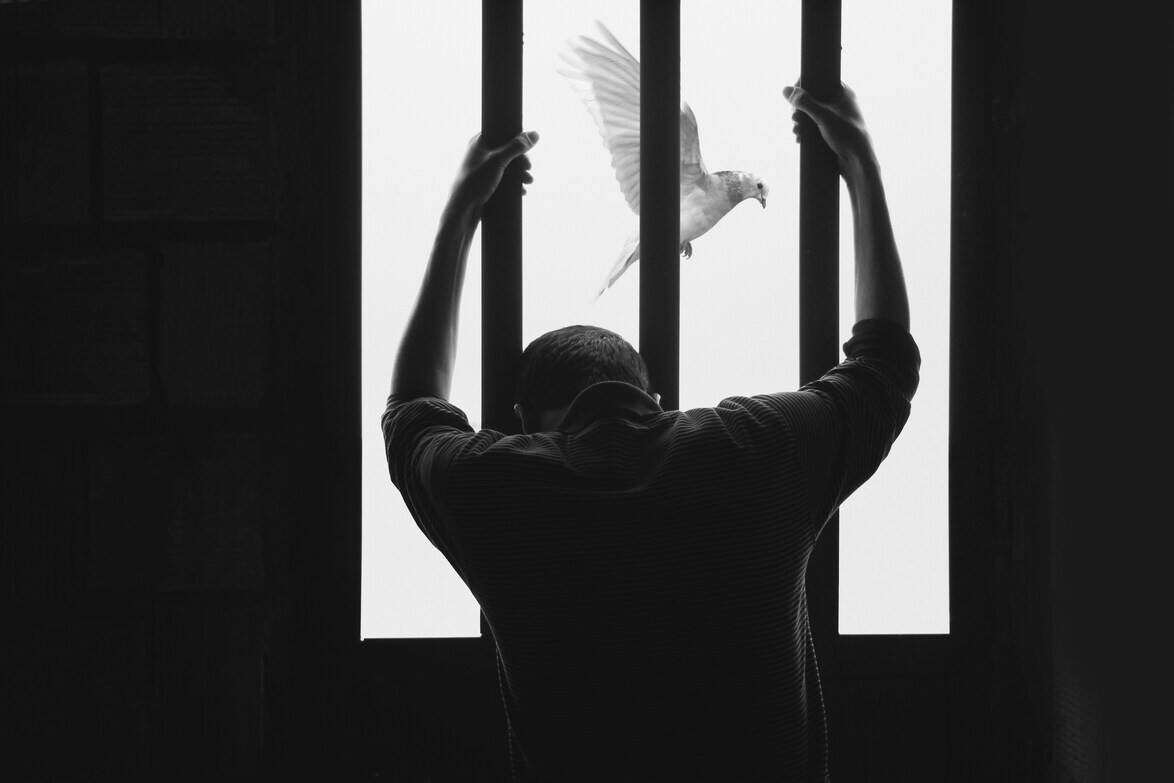
Did you know that some innocent people were actually imprisoned thanks to Satanic Panic? For instance, the McMartin Preschool teachers faced years of wrongful accusations.
The panic also influenced pop culture – think of movies like The Conjuring or TV shows that play on the theme of hidden evil.
Interestingly, some supposed Satanic symbols were fabricated or misinterpreted.
And some people genuinely believed they were part of secret Satanic societies, even if they weren’t.
The hysteria also sparked a wave of books, documentaries, and conspiracy theories, many of which are still referenced today.
10. Here’s What You Should Take Away
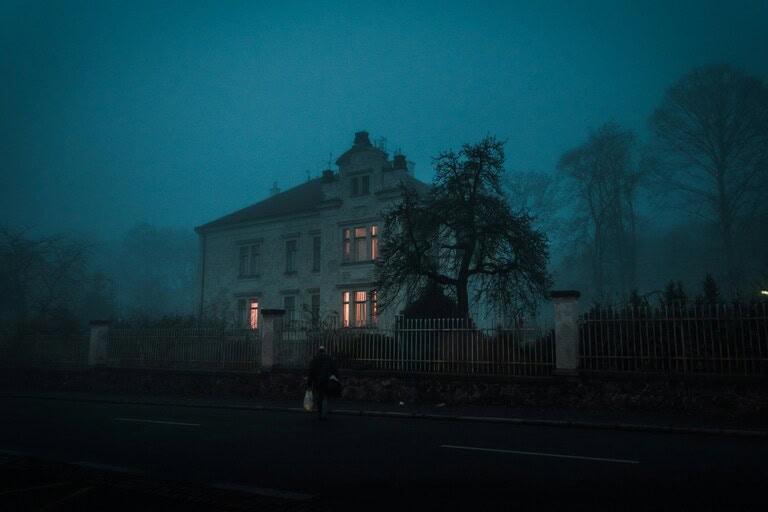
The Satanic Panic actually teaches us a lot about human nature – our fears, biases, そして power of suggestion.
It highlights the importance of critical thinking, skepticism, and evidence, before jumping to conclusions.
The hysteria painted a very clear picture of how media and societal anxieties can create monsters out of misunderstandings.
It’s a reminder to stay calm during times of fear and to question sensational stories.
While today we have the tools to fact-check faster and better, it doesn’t mean we’re safe from paranoia.
It’s very easy to start, but very hard to control.
A little Aquarius, devoted to writing and embroidery. Through my writing, I hope to empower readers to align with their true selves and navigate life’s mysteries with confidence.
